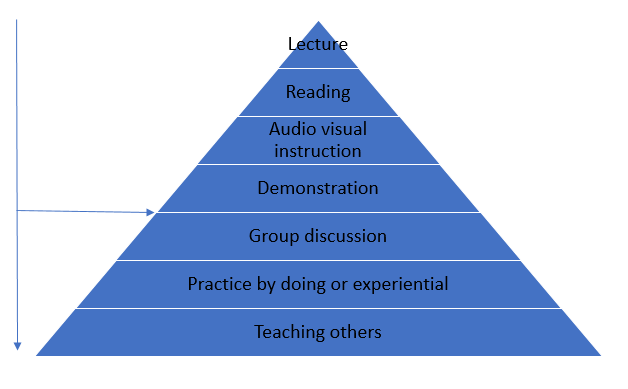Interactivity and Gamification
Today I had a meeting with a prospective client regarding the development of some eLearning resources. During the meeting, the client mentioned that they wanted the resources to be interactive and asked me if I would be able to incorporate some gamification in them. Two simple requirements but at the opposite ends, from a functional perspective. I asked the client what was their idea of interactivity. Their response was that I should add in "some kind of tabs that the learners would need to click or some other things which would make the learner interact with the course". Now, granted, click on tabs would technically qualify as interactivity but is this really the sort of interactivity that actually leads to learning and retention? My view is that this type of interactivity would hinder rather than aid learning and is no better than courses that put the next button at the bottom of every slide. The end result being that the learner, instead of focussing on the learning
